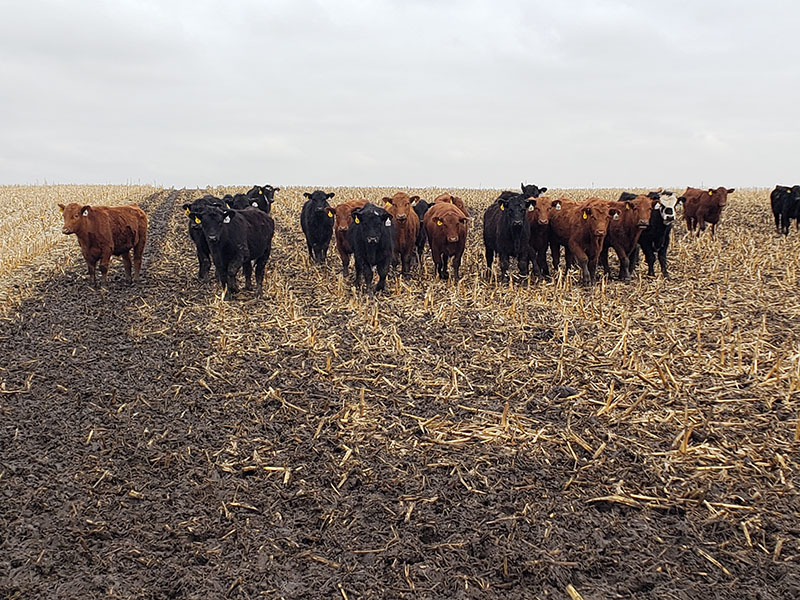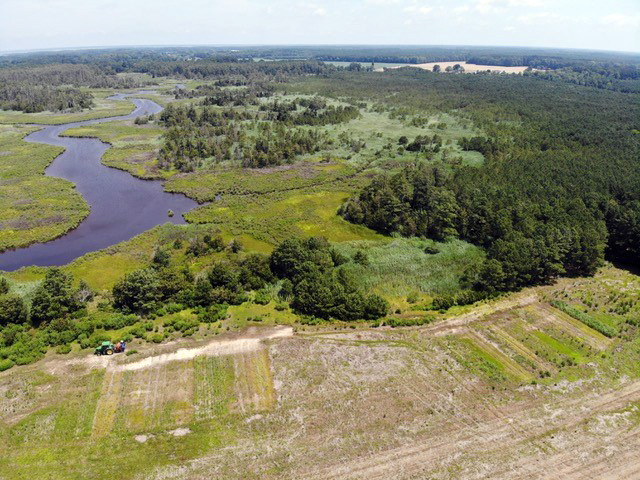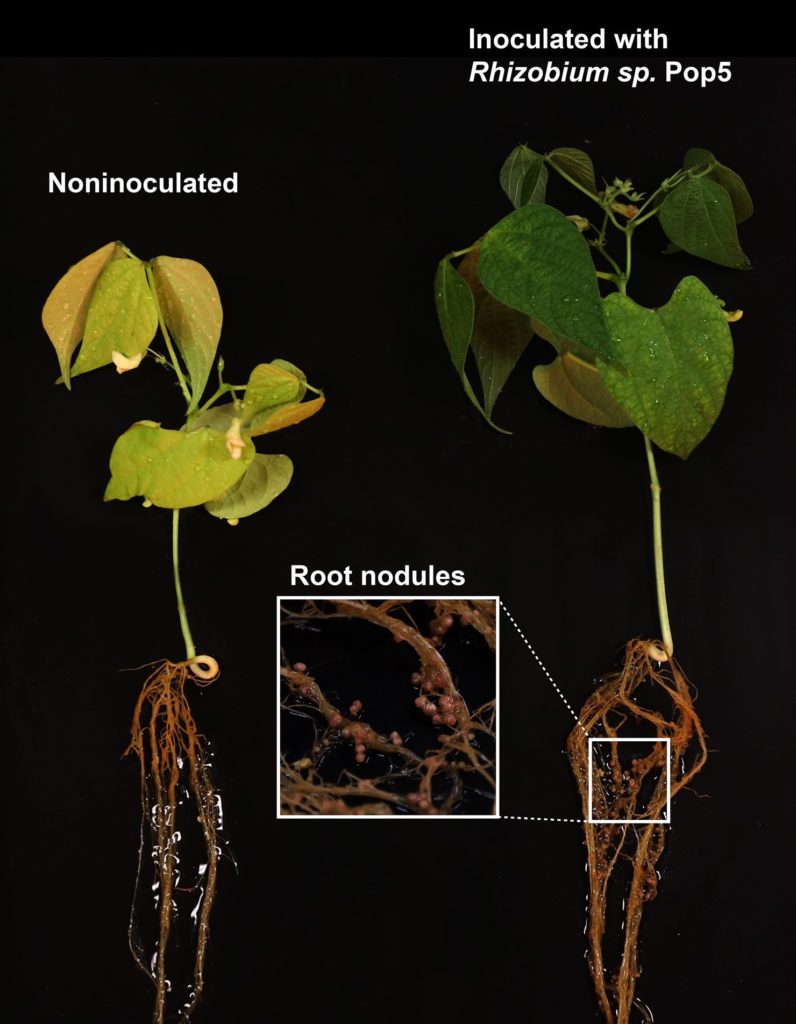Soybean seed hardness, a key factor in consumer acceptance and vegetable soybean quality, has been elucidated through a comprehensive study. Researchers identified the genetic and molecular mechanisms influencing this trait, focusing on differential gene expression during seed development. The discovery of the GmSWEET2 gene as a significant regulator of hardness offers a pathway to enhance soybean texture, potentially revolutionizing the market with customized varieties to suit diverse consumer preferences.
Tag: Soybeans
Advancing Soybean Yield Through High-Throughput UAV Phenotyping and Dynamic Modelling
Soybeans, valued for their use as both oilseeds and grains, encounter yield limitations compared to crops like maize and rice, emphasizing the necessity for developing higher-yielding varieties .
An in-person look at in-flux soybean supply chains
To meet the rising demand for renewable diesel fuel, the U.S. soybean market is rapidly changing. A group of Iowa State University students recently spent a week studying soybean supply chains in person, a trip that stretched from Midwestern processing plants to Pacific Northwest ports.

Soy expansion in Brazil linked to increase in childhood leukemia deaths
Over the past decades, Brazil has become the world’s leading soybean producer, as well as the leading consumer of pesticides. Despite concerns about potential public health consequences, little is known about the effects of pesticide exposure in the general population.
Combining math and entomology to predict, mitigate soybean aphid outbreaks
Iowa State researchers are developing mathematical models to simulate soybean aphid population dynamics over a growing season with a wide array of stressors, including droughts and floods. The project received a USDA grant earlier this year and is in collaboration with entomologists at Ohio State University.
Illinois researchers prove that new method can be used to measure ozone stress in soybeans
Ateam from the University of Illinois Urbana-Champaign and the USDA Agricultural Research Service has used SIF to measure the effects of elevated ozone (O3) on soybean plants.
Multistate project aims to diversify Corn Belt
With a five-year, $10 million federal grant, a team of researchers from Iowa, Indiana and Illinois are working to plant the seeds for greater crop diversity in the Midwest.
Pollinating insects can help soybean yields
Insects can help soybean yields by carrying out more effective pollination, according to a recently published study conducted by an international team of scientists. The study suggests introducing pollinator habitat to soybean fields may lead to production benefits, in addition to environmental advantages.

Cattle grazing and soybean yields
Each corn harvest leaves behind leaves, husks and cobs. Research shows cattle can take advantage of this food resource without damaging field productivity.

How are coastal farmers responding to salty soils?
Saltwater intrusion means farmers must adapt their management practices.
Who Pays for Tariffs?
Who wins and who loses in the back and forth on tariffs? CFR’s Shannon K. O’Neil breaks down the ongoing tariff battle between the United States and China.

Scientists Discover New Antibiotic in Tropical Forest
Scientists from Rutgers University and around the world have discovered an antibiotic produced by a soil bacterium from a Mexican tropical forest that may help lead to a “plant probiotic,” more robust plants and other antibiotics. Probiotics, which provide friendlier bacteria and health benefits for humans, can also be beneficial to plants, keeping them healthy and more robust. The new antibiotic, known as phazolicin, prevents harmful bacteria from getting into the root systems of bean plants, according to a Rutgers co-authored study in the journal Nature Communications.